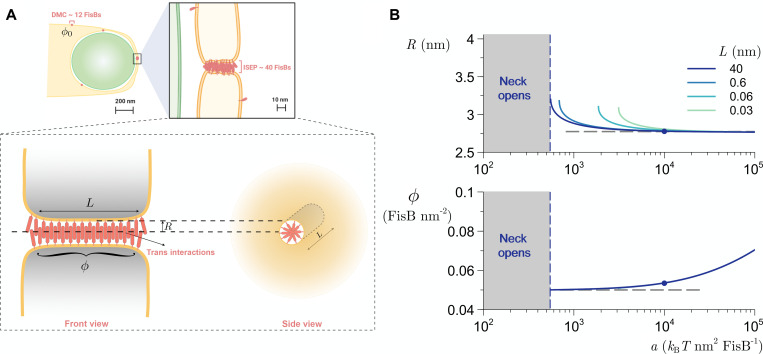Fig 9. Modeling supports recruitment of FisB to membrane neck via oligomerization without curvature sensing.
(A) Left: schematic of the late stages of engulfment, when a small membrane neck connects the engulfment membrane to the rest of the mother cell membrane. Right: schematic of FisB accumulation at the fission site. FisB freely moves around the engulfment membrane and other regions of the mother cell membrane, forming clusters of up to approximately 12 molecules. Cluster motions are independent of lipid microdomains, flotillins, the cell wall synthesis machinery, and voltage or pH gradients. About 40 copies of FisB accumulate at the membrane neck in an immobile cluster. Bottom: modeled axisymmetric membrane neck of radius R and length L connecting two membrane sheets. The uniform areal concentration of FisB in the neck is ϕ. (B) Top: equilibrium radius of the neck as a function of FisB trans homo-oligomerization strength, a, for several values of neck length, L. Below a minimum interaction strength, FisB cannot stabilize the neck and the neck opens. The horizontal line is the radius corresponding to the minimum of the potential describing the trans-interaction, R = 21/6σ (Eq 3). Bottom: equilibrium FisB concentration in the neck as a function of a. The horizontal line is , the concentration of FisB at the onset of in-plane crowding. Model parameters (see Eqs 5 and 6): κ = 20 kBT (ref. 78), ϕ0 = 100 FisB μm−2,γ = 10−4 N m−1 (ref. 79), σ≃σcis = 2.47nm, FisB μm−2, L = 40 nm, and for the dot a = 104 kBT nm2 FisB−1. For details, see S2 Appendix. DMC, dim mobile cluster; FisB, fission protein B.

